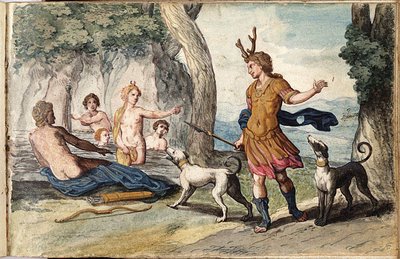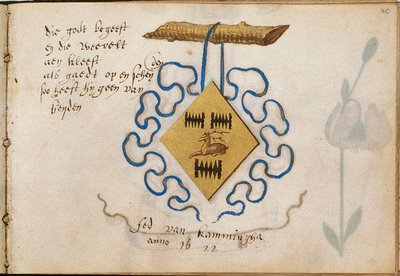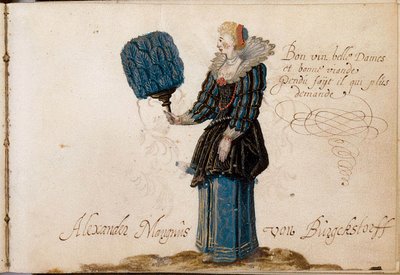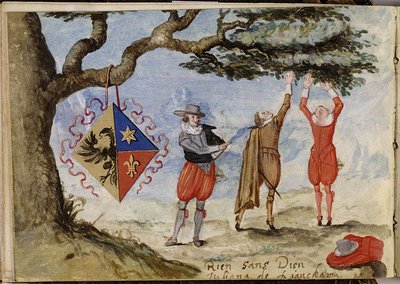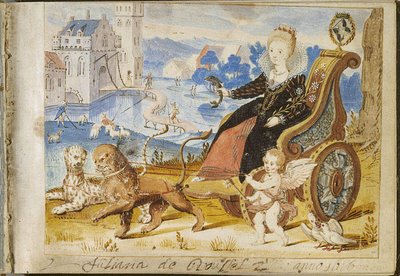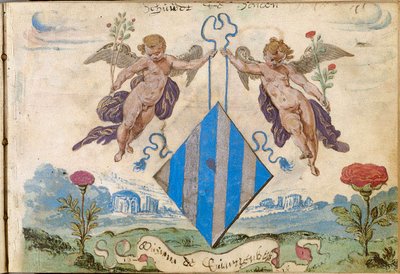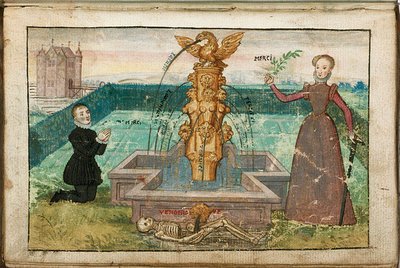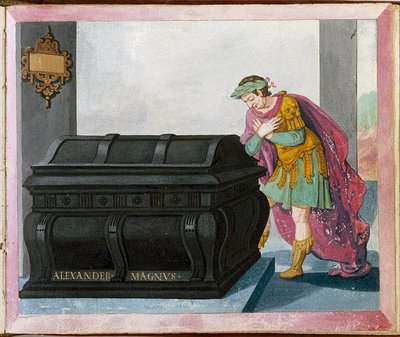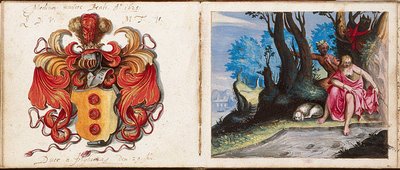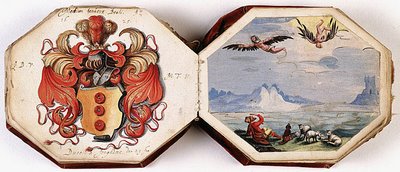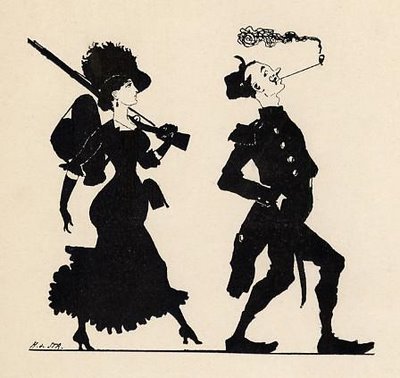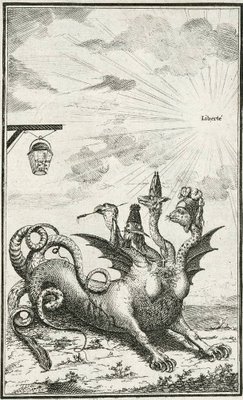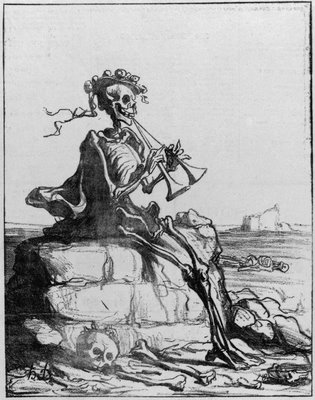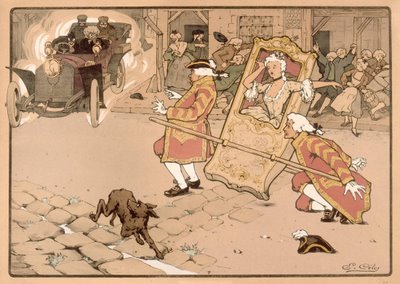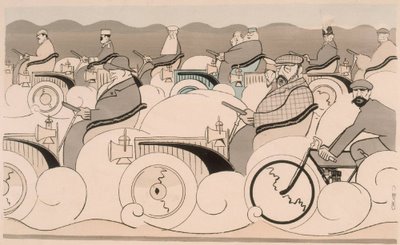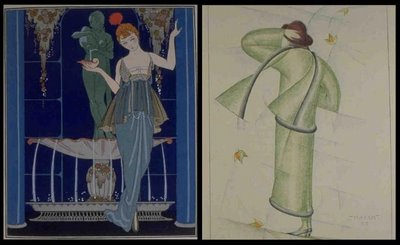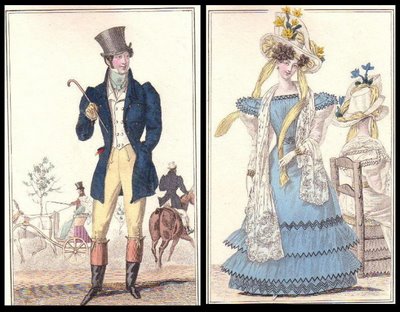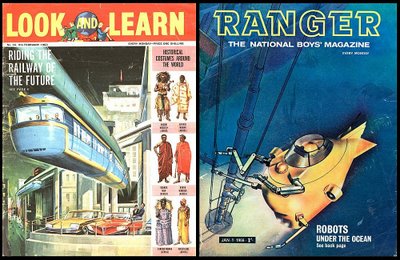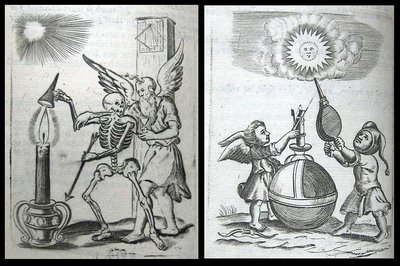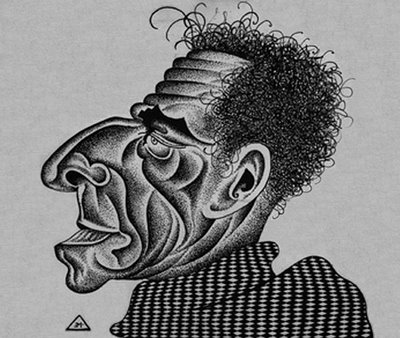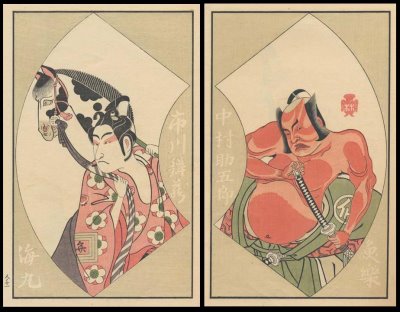
'Jason se saisit de la Toison d'or sur l'autel de Mars'

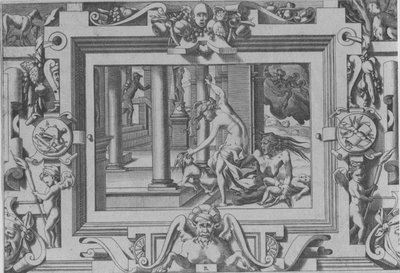
'Médée tuant ses enfants'
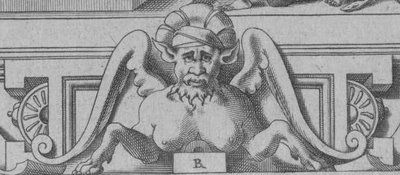
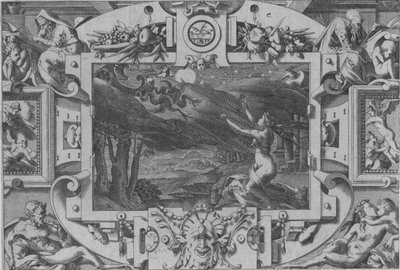
'Médée invoque la nuit'
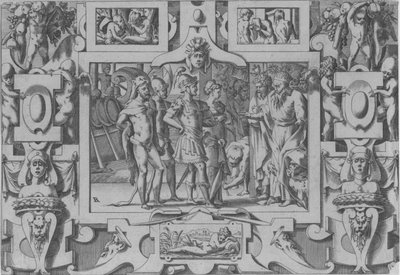
'Les argonautes sont présentés au roi Pélias'
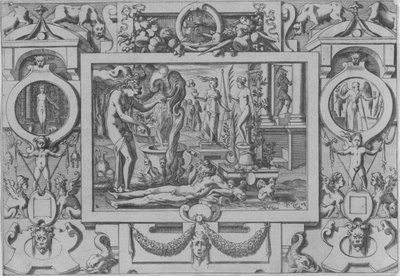
'Médée fait des mixtions pour le corps d'Eson'

'La reine Ino fait gâter la semence qu'elle confie à des laboureurs'
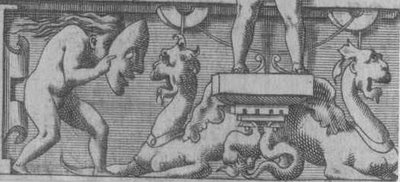
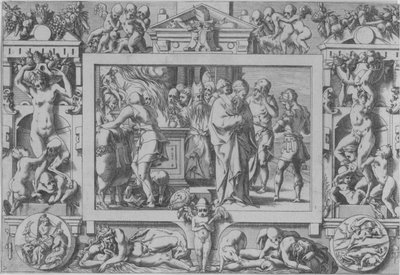
'Le roi Eétez de Colchide prend Phryxus sous sa protection'
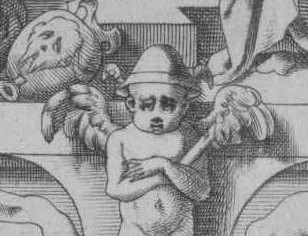
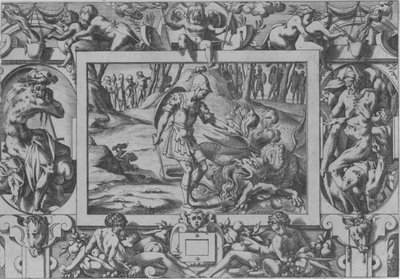
'Jason vainqueur du dragon'
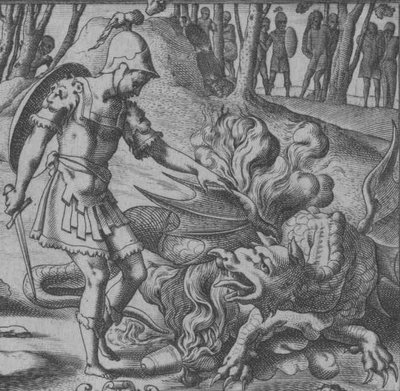
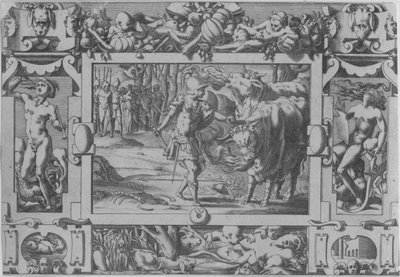
'Jason dompte les deux taureaux de Mars'
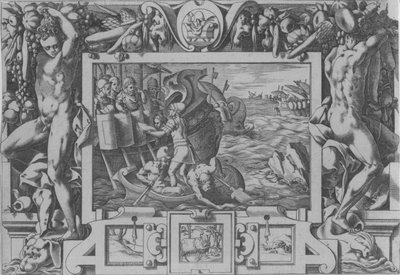
'Eétez fait recueillir les membres de son fils Absyrte'
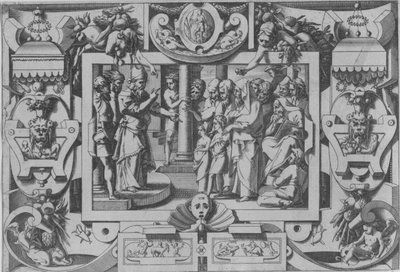
'Athamas conseille à Phryxus et Helle de s'expatrie'
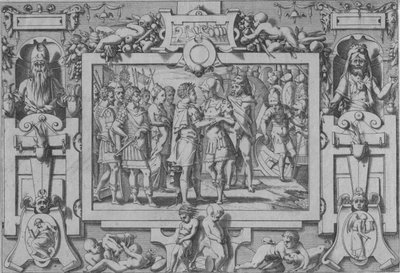
'Jason arrive en Colchide'
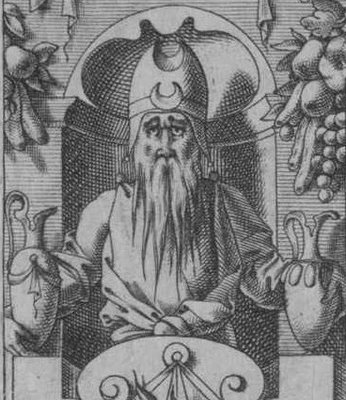
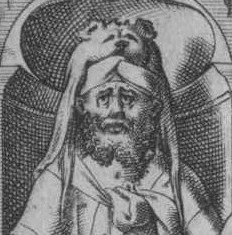
[click on the plates and details for larger versions]
The mythical
* heroic greek tradgedy of
Jason and the Argonauts' epic quest to retrieve the Golden Fleece was first recorded in the 3rd century BC by Apollonius of Rhodes. It has all the elements of a great drama -- love, revenge, heroism, murder, power -- and was doubtless a popular and evolving tale in the oral tradition before being put down on paper.
[*well, there may be some factual basis]The outstandingly eccentric rendering of the story in the above engravings from 1563 has its own (less epic) history of progressive development. The images come from a series of 26 prints made for a work called '
Livre de la Conqueste de la Toison d’Or'.
The engraving work was carried out by Parisian printmaker
René Boyvin (1525-1580), who is known primarily for his portraits and book of jewellery engravings. He worked off elaborate mannerist designs by the Belgian artist
Léonard Thiry (in at least one case he traced Thiry's drawings to produce a mirror image of the original).
Thiry worked as an assistant to (and was greatly influenced by) Rosso Fiorentino and then Francesco Primaticcio, two leading Italian decorative artists who had been brought to the
Fontainebleau Chateau near Paris by King Charles I. [see
misteraitch's recent excellent post at Giornale Nuovo for elaboration on the 'Fontainebleau school']
This then was the active dissemination in northern Europe of artistic ideas of the Italian renaissance as it developed the figurative embellishments and allegorical motifs of mannerism. (Boyvin's engravings themselves gave rise to ceramic
designs.)
"Engraving replaced etching as the preferred technology since engraved plates unlike etched ones could be endlessly reused. This shift, a transition from small editions produced under royal patronage to actual “urban business enterprise,” created the very means for wide dissemination of the style created for Fontainebleau."
Obviously there are ambiguous sexual/erotic themes portrayed in some of the details in the above engravings but I'm not necessarily sure I agree with the
"contention that infanticide was linked to unleashed female desire" -- the depiction of Medea's {Médée} killing of her children. I didn't read the whole article however.
We are also told in a review by Ann W. Ramsey of Rebecca Zorach's book, "Blood, Milk, Ink, Gold: Abundance and Excess in the French Renaissance" [ISBN 0-226-98937-2] that there are homoerotic undertones between Boyvin and Thiry that manifest in this set of engravings. I don't specifically doubt it, but no matter how I tilt my head I can't quite see
that much detail from where I'm sitting. These layers nonetheless add another fascinating element to the retelling of an old story.
An
original edition of '
Livre de la Conqueste de la Toison d’Or' from 1563, sold in recent times for
$196,020. Wow. (Don't forget that $20!)
All the above engravings come from the remarkable print database at La Bibliothèque Municipale de Lyon -- put 'Boyvin' in the '
Artistes' section and click '
Mosaïque'. I think there are 19 from the series in total available, together with a few other unrelated works (look for the great candelabra).
[Thanks again to Pita of Agence Eureka for introducing me to this most excellent repository]

